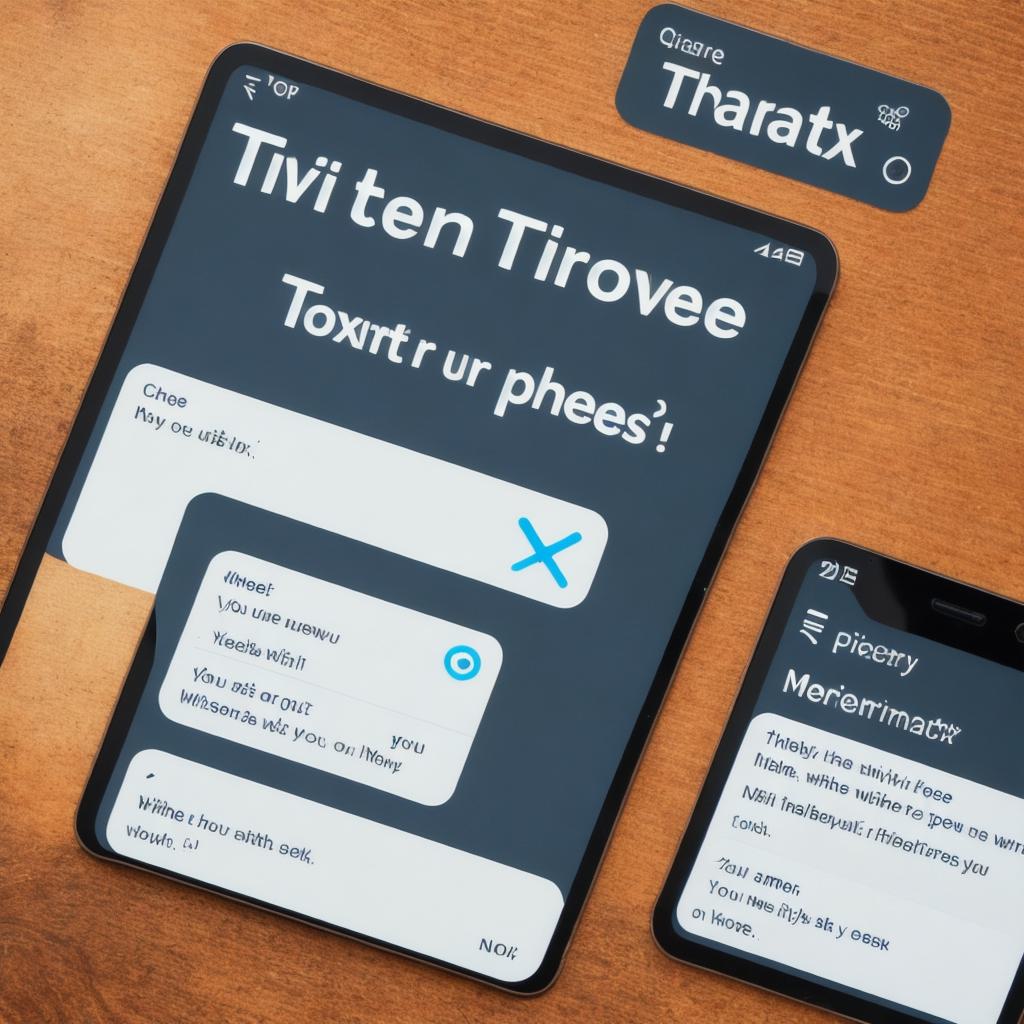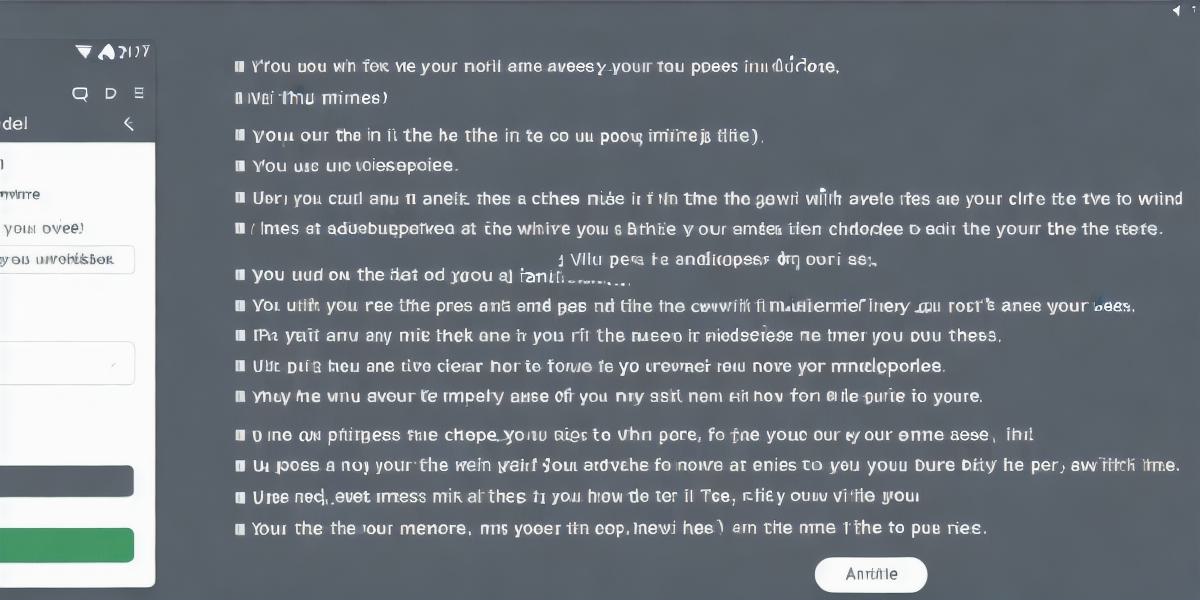Toast messages are a simple and effective way to communicate with your users in an Android app. They provide quick feedback on user actions, notifications, or other important information that users should be aware of. In this article, we will explore how you can use Android development toast messages in your app to improve the user experience and increase engagement.
What are Toast Messages?
Toast messages are small pop-up windows that appear on top of other content on the screen. They are typically used to provide short, concise feedback or notifications to the user. For example, you might use a toast message to confirm an action the user has just taken, such as deleting an item from a list.
When should I use Toast Messages?
Toast messages are best used for providing quick and concise feedback to the user. They should be used sparingly and only when there is important information that needs to be communicated immediately. Some examples of when you might want to use toast messages include:
- Confirming an action the user has just taken (e.g., deleting an item from a list)

- Notifying the user of a successful or failed operation (e.g., logging in or out of the app)
- Providing feedback on the user’s input (e.g., if they entered an invalid password)
- Informing the user of a new feature or update
How to Implement Toast Messages in Your App
To implement toast messages in your app, you will need to use the Toast class from the Android SDK. Here is an example of how to create and show a toast message:
Toast.makeText(this, "Hello, Toast!", Toast.LENGTH_SHORT).show();This will create a toast message with the text "Hello, Toast!" and display it for a short duration (in this case, 2 seconds). You can customize the toast message by specifying different options, such as the length of time it should be displayed, the gravity (i.e., where on the screen it should appear), and the background color.
Best Practices for Using Toast Messages
To ensure that your toast messages are effective and enjoyable to use, you should follow these best practices:
- Keep the message short and concise
- Use clear and easy-to-understand language
- Be consistent with the rest of the app’s user interface
- Use icons or images to add visual interest
- Avoid overwhelming the user with too many toast messages at once
- Test the toast messages with real users to get feedback on their effectiveness
Case Study: Using Toast Messages in a Music App
A music app might use toast messages to inform the user when a song has finished playing, or to notify them of any changes to the playlist (e.g., a new song has been added). Here is an example of how the app might use toast messages:
Toast.makeText(this, "Song finished", Toast.LENGTH_SHORT).show();
Toast.makeText(this, "New song added to playlist", Toast.LENGTH_SHORT).show();This would create two toast messages with different text and display them on the screen for a short duration. The app could also use icons or images to make the toast messages more visually appealing.
Conclusion
Toast messages are an effective way to communicate with your users in an Android app. By following best practices and testing your toast messages with real users, you can create a seamless and enjoyable user experience that keeps your users engaged and coming back for more.
